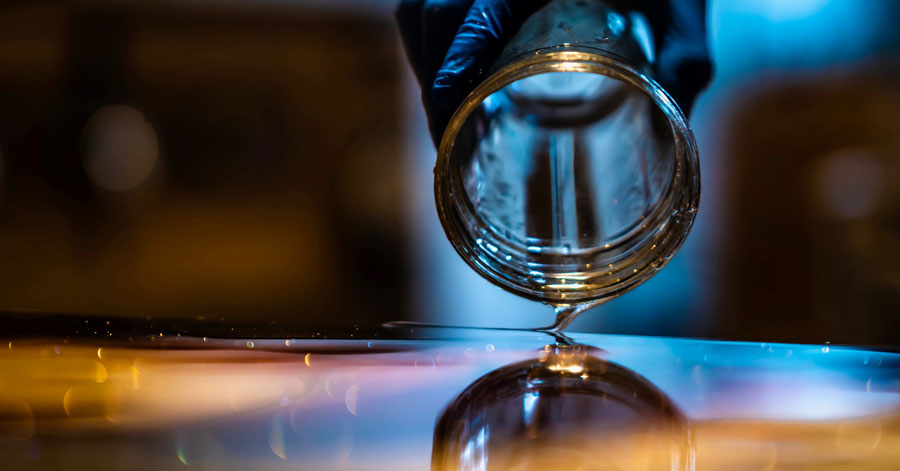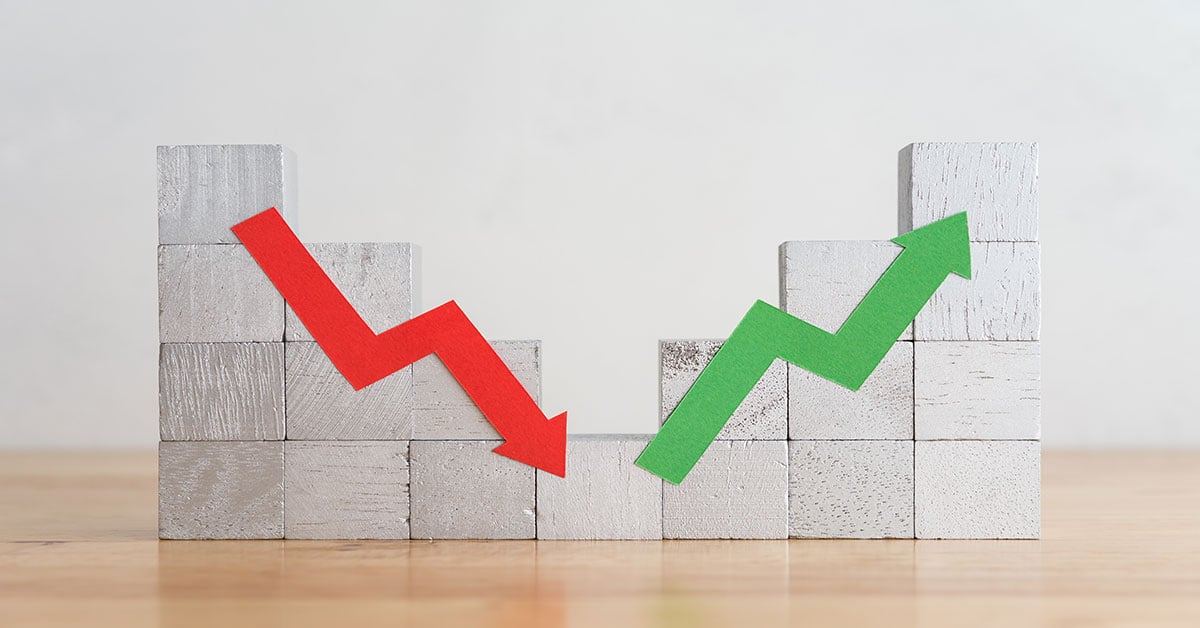3 min read
Epoxy Resins – A Market Full of Shocks and Surprises
 Jennifer Hawkins
:
Apr 22, 2020 12:00:00 AM
Jennifer Hawkins
:
Apr 22, 2020 12:00:00 AM

March business in the US and Europe took everyone by surprise by remaining in rude health despite the global economic shock caused by Covid-19. It appears that short supply has kept the epoxy resins market buoyant, and this has given suppliers in both regions the impetus to push for increases. Early April orders also appear to be flowing in unabated.
But how long is this expected to last?
Market participants up and down the value chain admit they are nervous – demand is expected to slide soon after a stronger-than-expected March market. In some sectors, the epoxy resins market is protected – demand from the packaging industry for instance has seen no signs of slowing down. This is logical when supermarkets have seen a huge surge in demand in recent weeks. There has been some reduction in activity in the US and European construction sectors in March, but epoxy resin consumers said that this industry was still running at 80%. On the other hand, the automobile industry is hitting new lows – for example, Italy reported an 86% drop in car sales in March. Many of the car factories are being forced to close due to a lack of demand and a workforce being asked to remain at home.
With snug supply and demand exceeding expectations, this would normally see prices remaining strong, but then the market was hit by another surprise/shock at the end of March when benzene contract prices plummeted. April benzene contracts in the US were settled at $1.21/gal or $362/ ton (down by $1.36/gal and $406/ton respectively). In Europe, contract prices were confirmed at €171/ton or $189/ton (down by €424/ton and $463/ton respectively). This will mean lower feedstock phenol and therefore bisphenol A costs in April – consumers will certainly be asking their suppliers to pass on the cost savings and reduce epoxy resin prices this month.
However, feedstock acetone supply was already tight in both Europe and the US during Q1 due to reduced imported material volumes from Asia and production being cut by poor demand for coproduct phenol. As a result, prices have been climbing since February. But there was a further surprise towards the end of March; there have been reports of a surge in demand for acetone for isopropyl alcohol (IPA) production in Europe. Isopropyl alcohol is used in hand sanitizer.
Isopropyl alcohol is mostly made by the hydration of propylene. This was the first petrochemical, developed in the 1920s. It was used to make acetone, which was the first synthetic route to acetone. Acetone started becoming available as a by-product of phenol in the 1950s and this has become the dominant route to acetone, to the point that the route from isopropanol has been abandoned. The phenol market grows somewhat faster than that for acetone (although there are ups and downs) so acetone is often in surplus. So, in recent years, the reverse process has emerged, in which acetone is hydrogenated to isopropyl alcohol.
There have been reports that acetone producer Sequens in France has declared force majeure on IPA and acetone from its Roussillon plant, following orders from the French government that all IPA produced has to be sold to the health industry. At the same time, Ineos has announced plans to build hand sanitizer plants in Germany and the UK, using IPA production from its Moers and Herne plants in Germany.
Strong acetone demand may help producers hold on to some of the savings made on phenol/bisphenol A costs, but customers will be expecting a significant reduction in April contract prices. They have accepted price increases in the last three months so they will be asking their suppliers to give some of this back.
In China, however, it is a different story. Epoxy resin prices in March dropped sharply in line with ECH and BPA values, which both slumped to 30-month lows. Epoxy resins were down by an average of $400/ton compared to February. While at the same time, Asian import prices were rising due to short supply in Northeast Asia. Bisphenol A prices in China were down by 20% and ECH by 40% compared to values before the Chinese New Year holiday. Epichlorohydrin values have been hit the hardest after news emerged that Jiangsu Haixing may restart its plant in April, after being shut for more than a year. If the plant is approved to restart this will exacerbate an already oversupplied market; according to reports producers are struggling to reduce their very high inventory levels. Also, ECH orders from Taiwan to India have been reportedly canceled after a lockdown was announced in India in late March.
In other news, China increased the VAT refund rate on 20 March on exports of epoxy resins and BPA from 10% to 13% to stimulate the economy. This means that Chinese domestic producers will have the opportunity to export these products outside of China. At the moment, there are attractive arbitrage opportunities in Asia, Europe, and the US. However, China is a net importer of BPA, and it is unlikely that producers will start to export huge volumes of BPA. They are more likely to sell to smaller customers as channels for steady and long-term overseas contracts have not yet been established, having been previously discouraged by unstable arbitrage opportunities.
Subscribe to our blog to stay up to date on the latest trends in the global chemicals industry.




